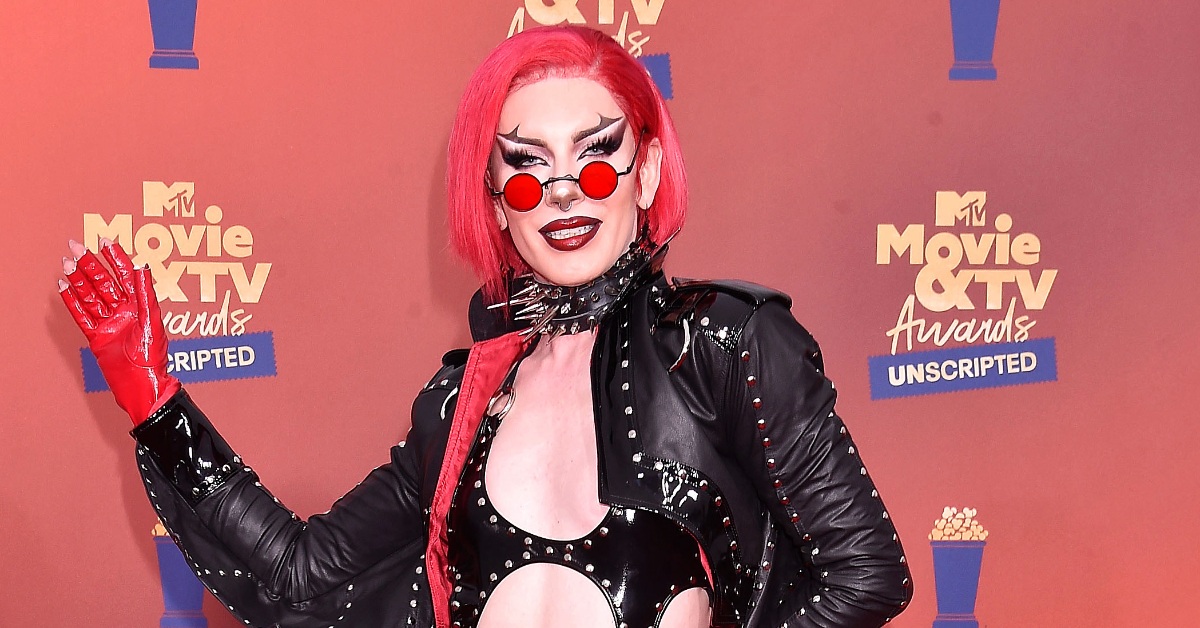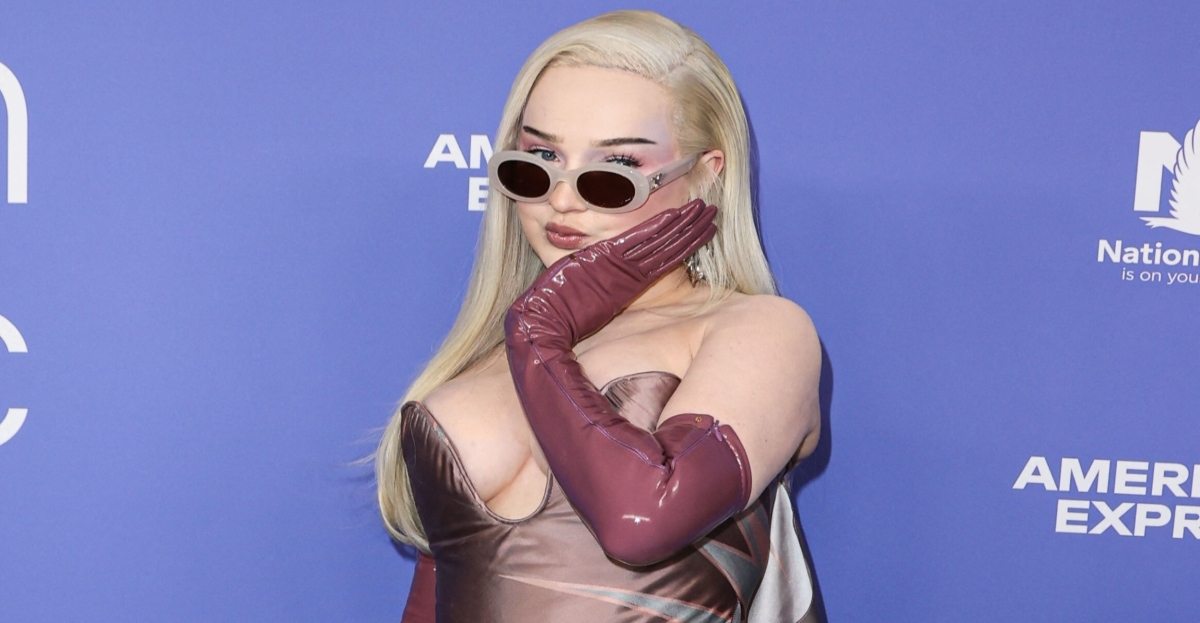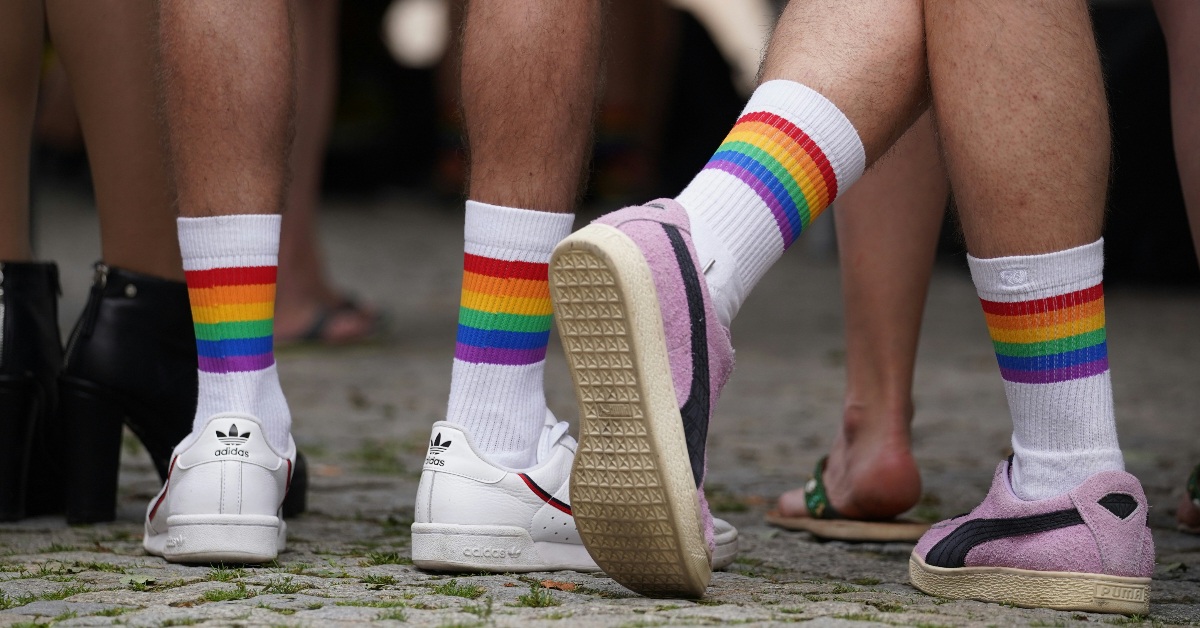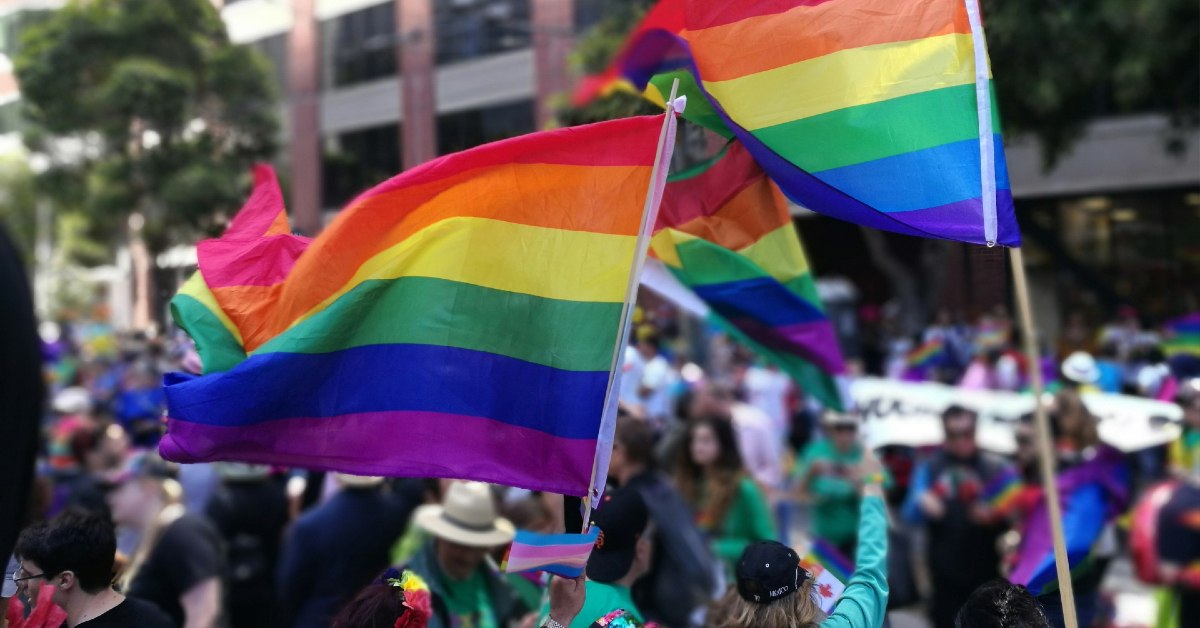BY: DM
Published 4 months ago
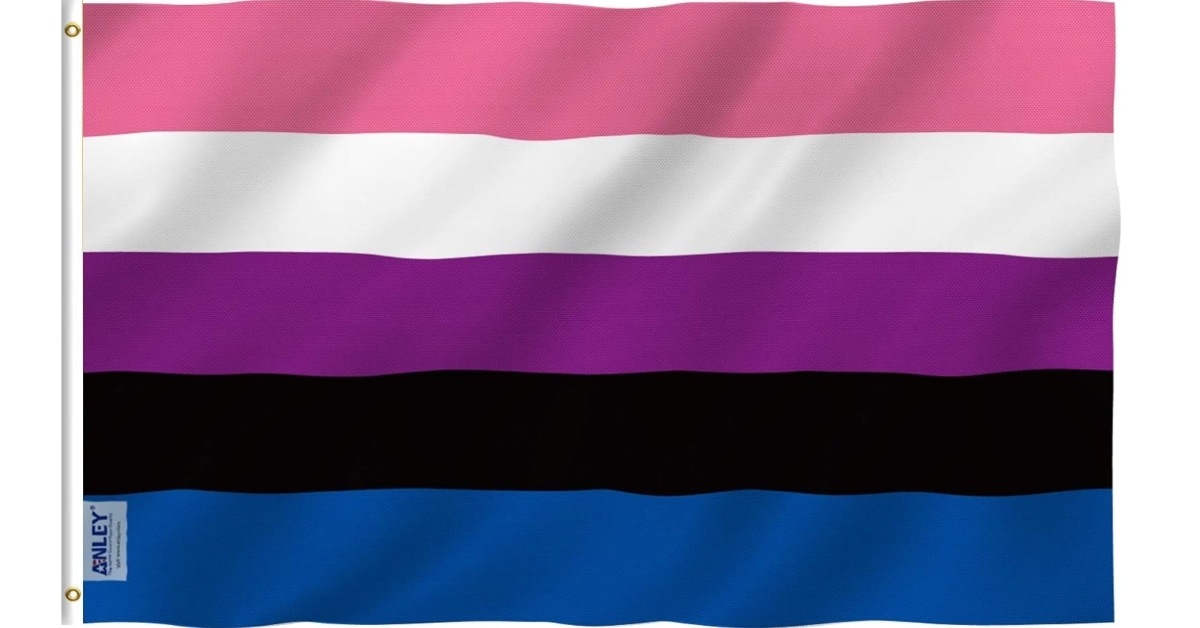
The bold, beautiful banner that’s been popping up at Pride parades, IG bios, and bedroom walls all around the world is more than just an array of colors – it’s the genderfluid flag. It’s not just pretty colors. It’s a whole identity wrapped in five stripes that speak loud for folks who refuse to be boxed in by the gender binary. Let’s break down the history of the genderfluid flag and its alternative versions.
The genderfluid flag was created out of necessity.

Every Pride march has its star attractions. The five-striped genderfluid flag is one of the most eye-catching. First introduced in 2012, this flag was created by queer artist JJ Poole — known online as “lost in thought space and fantasies.” It represents identities that move fluidly between genders. Poole found the older label “genderqueer” too broad. They wanted a banner that better captured their experience. In an interview with Majestic Mess, Poole said the term genderfluid felt right —but a symbol was missing. So they drew one.
“I had been trying to find an identity that fit me. At the time, I knew genderqueer fit me, but it still felt too broad. I found genderfluid to be fitting, but was disappointed with the lack of symbolic representation,” Poole said via Western Connecticut State University. “I wouldn’t call myself an artist, but I’ve dabbled with drawing and bits of Photoshop, so I decided to create it myself. And I made a couple of flags, actually, but this one I submitted to a blog on Tumblr about genderfluidity and genderfluid people. It had a big following at the time. And they loved it. And it took off.”
According to UBC’s Pride guide, the official creation date is 2012. Photos hint that similar flags existed in 2005, but Poole’s 2012 design is the flag we know today.
Alternative versions of the genderfluid flag have popped up.

The OG genderfluid flag has five horizontal stripes from top to bottom — pink, white, purple, black, and blue. Pink represents femininity, while blue represents masculinity. Purple blends the two, symbolizing androgyny. The white stripe stands for a lack of gender — or, in some interpretations, all genders. Black covers the non-binary and third-gender spectrum, or in some readings, the absence of gender entirely. Together, the pink and blue stripes bookend the flag with traditional gender colors, while the center stripes — purple, white, and black — represent everything that exists beyond or between them.
Since Poole’s original flag went public, online artists have remixed the genderfluid design in many ways. Other Tumblr and Twitter users have offered alternate stripe orders or added symbols. In 2018, the Tumblr account thegenderfluidfeelwhen shared its own variant.
According to Gender Wiki, in 2019, multiple creators — like Marijn Florence van Hoorn and hedgehogs on Tumblr —published their own flags, tweaking colors or patterns. These community-made flags often have new iconography or rearranged hues, but none has overtaken Poole’s five-color original in popularity. Today, the classic pink-white-purple-black-blue banner remains the definitive genderfluid flag.
Do you feel like the current Pride flags represent your identity? If not, what would you want to see?
